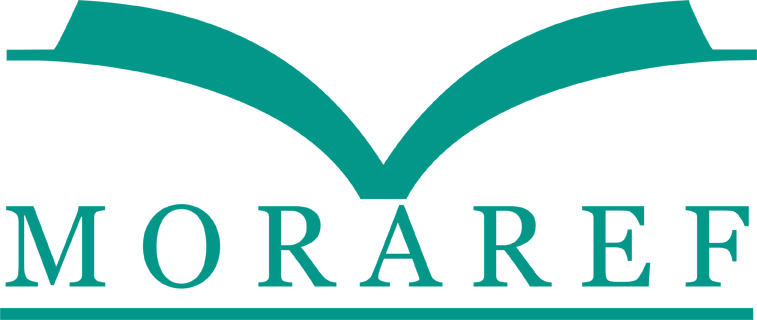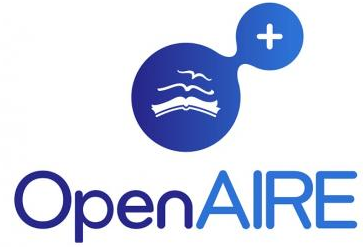HUBUNGAN PLAK GIGI, LAJU ALIRAN SALIVA, DAN VISKOSITAS SALIVA PADA ANAK USIA 6-9 TAHUN
Abstract
Keywords
Full Text:
PDFReferences
American Academy of Periodontology, Treatment of Plaque-induced Gingivitis, Chronic Periodontitis, and Other Chlinical Conditions, J. Periodontol, 2001; 72: 1790-1800
Axelsson, P., Nystrom, B., Lindhe, J., The Long - Term Effect of Plaque Control Program on Tooth Mortality, Caries and Periodontal Disease in Adult Result after 30 Years of Maintenance, J Clin Periodontol, 2004; 31 : 749 – 757.
Limeback H., Comperehensive preventive dentistry. Iowa : John Wiley & son Ltd , p 11-4, 2012
Marsh P.D., Dental Plaque as a Microbial Biofilm, J Caries Res., 2004; 38:204-11
Marsh P. D., Dental Plaque As A Biofilm and A Microbial Community- Implication For Health and Disease. BMC Oral , 2006
Health.; 6 (Suppl1). http://creativecommons.org/lisence /by/2.0
Mount, G., & Hume,W, Preservation and Reservation of Tooth Structure ( 2nd ed). Queensland : Knowledge Books and Software, 2005
Ratnasari, H., Pengaruh fase pengobatan tuberkulosis paru pada anak perempuan berusia 7-10 tahun terhadap laju aliran saliva dan pertumbuhan plak. J.Ked Gi. 2011; Volume 2. Nomor 3. p:180.
Riset Kesehatan Dasar, 2, Profile kesehatan di Indonesia {internet} Avalaible at http://www.litbang.Depkes.go.id/simnas4/day_2/gigi.pdf Accessed 7 Desember 2017, 2013
Saieb, F., Catherine Adley., Biofilm Formation. http://carambola.usc.edu/research/ biophysics/Biofilms4Web.html, 2009
Sasea, A, Gambaran status kebersihan rongga mulut dan status gingiva pada mahasiswa dengan gigi berjejal. Jurnal e-Gigi. 2013; Volume 1. Nomor 1. p:52
Senawa, IMWA, Penilaian resiko karies melalui pemeriksaan aliran dan kekentalan saliva pada pengguna kontrasepsi suntik di kelurahan banjer kecamatan tikala. 2015; Jurna e-Gigi (eG). Volume 3, nomor 1. p:164.
Utami S, Hubungan Antara Plak Gigi Dengan Tingkat Keparahan Karies Gigi Anak Usia Prasekolah. 2013; IDJ;2(2):9–15.
DOI: https://doi.org/10.31983/jkg.v6i1.4448
Article Metrics
Refbacks
- There are currently no refbacks.
| View My Stats |











.png)


.png)
.png)








